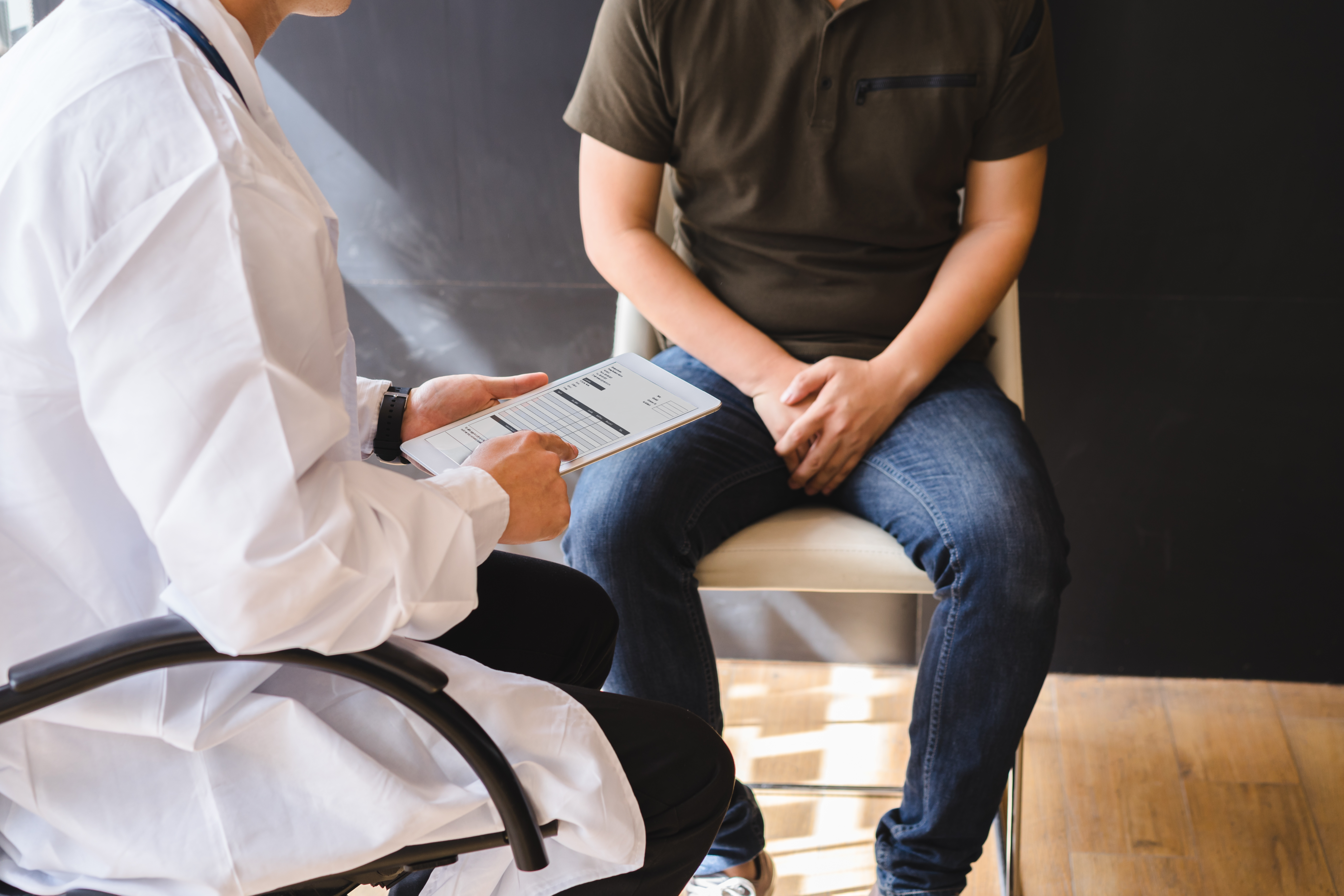What is erectile dysfunction (ED)?
Erectile dysfunction (ED) is the inability to get or keep an erection firm enough to have sexual intercourse. It’s sometimes referred to as impotence, although this term is now used less often.
Occasional ED isn’t uncommon. Many men experience it during times of stress. Frequent ED, however, can be a sign of health problems that need treatment. It can also be a sign of emotional or relationship difficulties that may need to be addressed by a professional.

